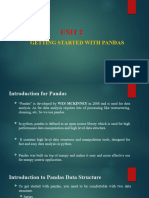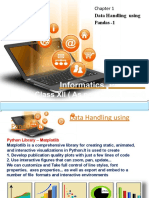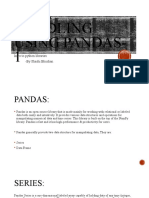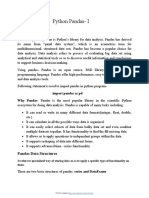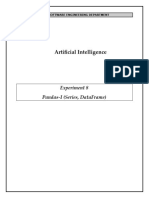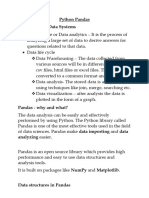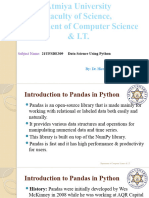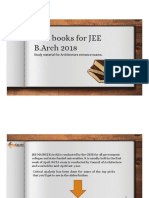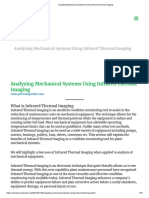0% found this document useful (0 votes)
29 views21 pagesPython Pandas
Pandas is an open-source Python library designed for data analysis and manipulation, featuring data structures like Series and DataFrame for efficient handling of structured data. It offers key functionalities such as data manipulation, integration with other libraries, and support for various data formats, making it widely used in data science and analytics. The document also provides practical examples of applications in data cleaning, financial analysis, exploratory data analysis, and machine learning preprocessing.
Uploaded by
Abhishek DuttaCopyright
© © All Rights Reserved
We take content rights seriously. If you suspect this is your content, claim it here.
Available Formats
Download as DOCX, PDF, TXT or read online on Scribd
0% found this document useful (0 votes)
29 views21 pagesPython Pandas
Pandas is an open-source Python library designed for data analysis and manipulation, featuring data structures like Series and DataFrame for efficient handling of structured data. It offers key functionalities such as data manipulation, integration with other libraries, and support for various data formats, making it widely used in data science and analytics. The document also provides practical examples of applications in data cleaning, financial analysis, exploratory data analysis, and machine learning preprocessing.
Uploaded by
Abhishek DuttaCopyright
© © All Rights Reserved
We take content rights seriously. If you suspect this is your content, claim it here.
Available Formats
Download as DOCX, PDF, TXT or read online on Scribd
/ 21


























